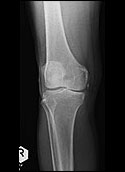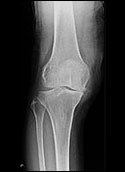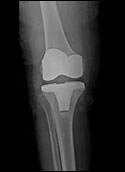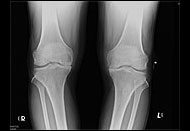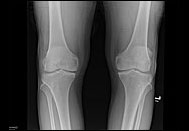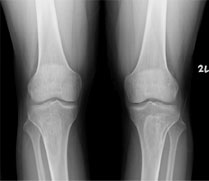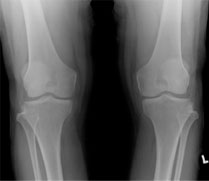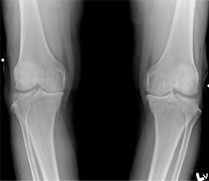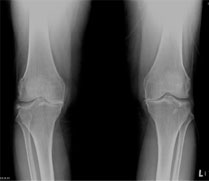 |
 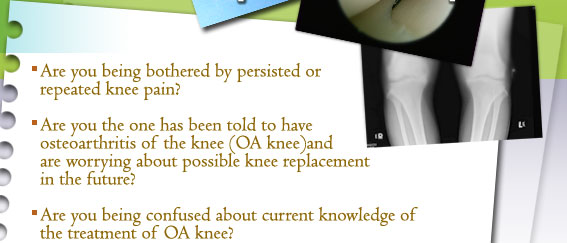  |
|
|||||
 KHPO is a new concept of global management of the degenerative knee. This concept has been conceptualized based on our 10 years’ clinical and basic research. The main different point is that we believe most OA knees, if being treated before their irreversible stage, is curable. This revolutionary concept is based on our discovery of the etiologic factor causing degeneration of most knees. A novel “Arthroscopic Cartilage Regeneration Facilitating Procedure (ACRFP)” has been developed accordingly in our center to eradicate this factor and improve the environment of the knee for cartilage regeneration. KHPO includes: |
|
The clinical results of 122 patients received KHPO in 2010 (follow-up > 3 years) are shown in the following table: |
|||||||||||||||||||
 |
|
||||||||||||||||||
Nowadays, around 500 patients will receive KHPO in our center each year. |
|||||||||||||||||||
|
|||||||||||||
 |
